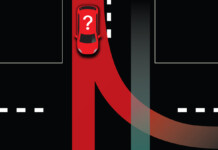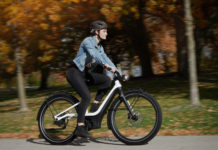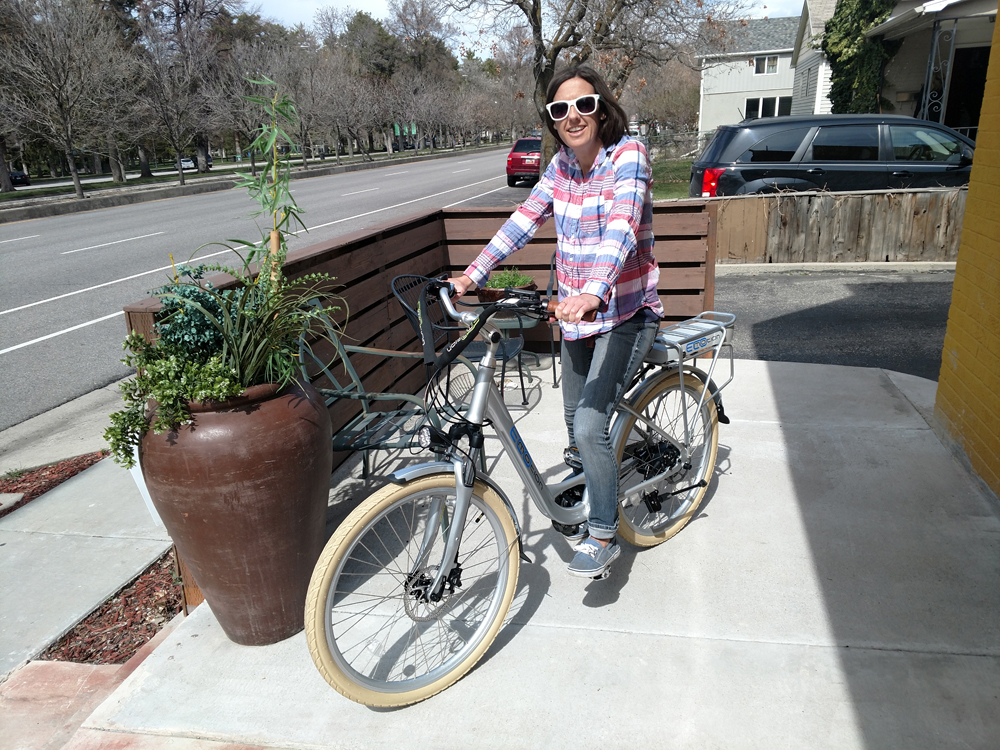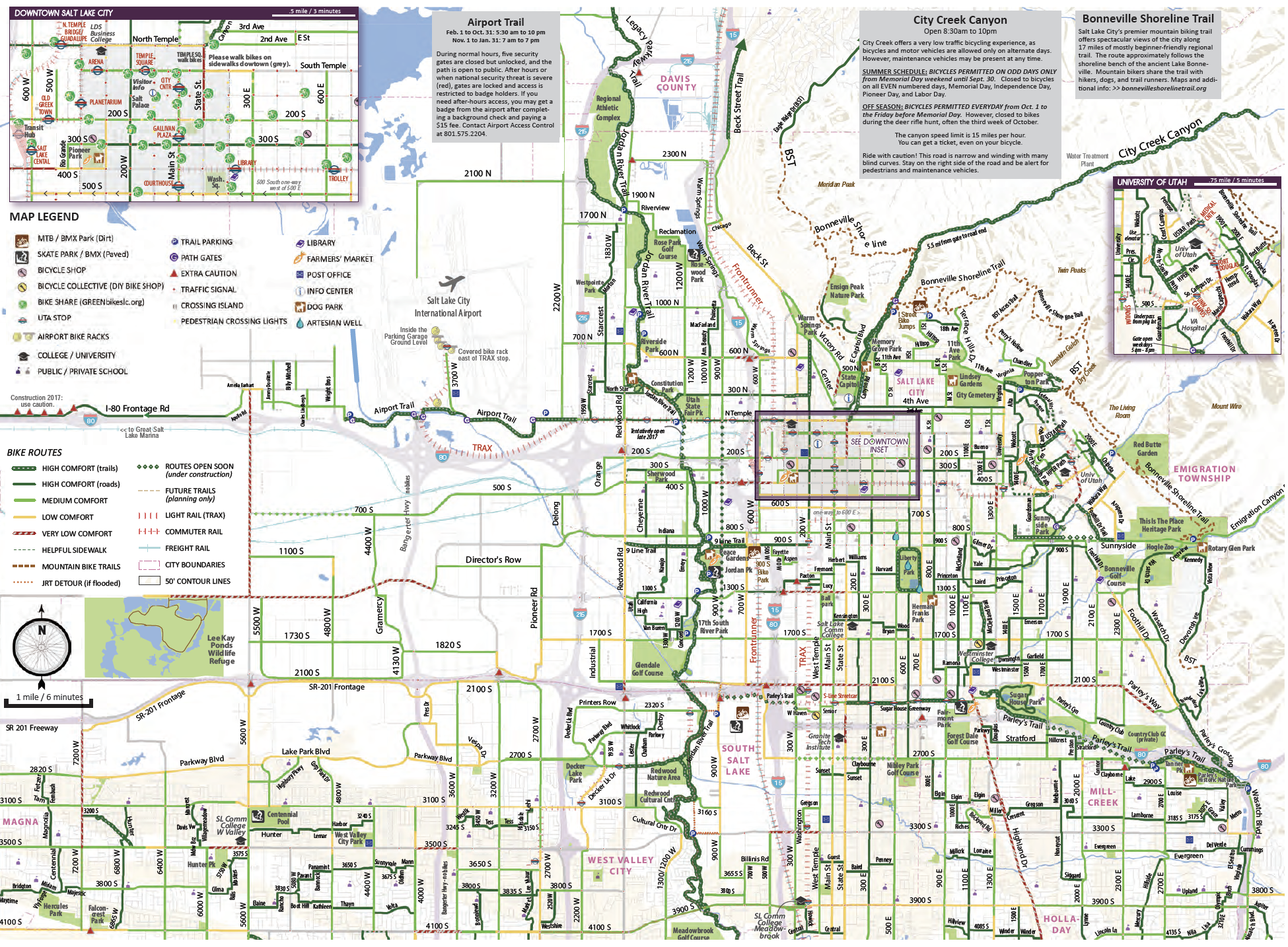By Jake J. Lee — For years, we’ve received questions about the obligations of cyclists at intersections. And for years, unfortunately the answer was: do what a car does. However, in many circumstances and for many reasons, what a car does, doesn’t always make sense for a cyclist. One example of this is what to do at a stop sign when there are no other cars. A car would have to stop. But does that really make sense for a cyclist?

Utah Representative Carol Moss fought to give cyclists the right not to stop for 11 years without any success. She was tragically close in 2018 when she got approval from the House Transportation Committee, and it passed on the House floor with a vote of 58-11. From there, she got approval in the Senate Transportation committee. Sadly, the bill died on the Senate floor because the session ended before it could get a final vote.
However, in 2021 she was victorious. House Bill 142 sailed through the Senate floor with a vote of 28-1 and became law under Utah Code § 41-6a-1105. Now, this code section permits a cyclist approaching a stop sign to proceed through the intersection without stopping at the stop sign if (1) the individual slows to a reasonable speed; and (2) yields the right of way to: (A) any pedestrian within the intersection or an adjacent crosswalk, (B) other traffic in the intersection, and (C) oncoming traffic that poses an immediate hazard during the time the individual is traveling through the intersection.
In common speak, that means that if the intersection is clear, cyclists no longer have to come to a complete stop. They can roll on through.
Does this new law apply to stop lights?
The bill had previously contained a provision that allowed cyclists to roll through stop lights when there was no traffic. However, that provision had to be removed to obtain sufficient votes to pass the bill. As of now, Utah Code § 41-6a-305(7) requires a cyclist to come to a complete stop at a red signal and wait 90 seconds before entering the intersection if there is “no other car who has the right of way at, passing through, or approaching the intersection” and no pedestrians are trying to cross in front of you.
What does the law say about intersections without stop lights or signs?
Remember that a bicycle is considered a vehicle. With a few exceptions, a cyclist has the same rights and obligations as any other vehicle. Utah Code § 41-6a-1102(1). Therefore, you would do what a vehicle should do in this circumstance. The operator of a vehicle approaching an intersection not regulated by a traffic-control device would yield the right of way to any vehicle that has entered the intersection from a different road. Utah Code § 41-6a-901(1). When several cars approach an intersection from different roads at the same time, the operator on the left yields to the vehicle on the right. Utah Code § 41-6a-901(2).
What about other states?
Idaho and Colorado also have stop sign laws. But they are a little different than what we have in Utah.
Idaho has a long-standing law. Under Idaho Code § 49-720(1), a cyclist is supposed to treat a stop sign as a yield. Specifically, “a bicycle approaching a stop sign shall slow down and, if required for safety, stop before entering the intersection.” However, you must stop at a red light and yield to all other traffic. Once you have yielded, cyclists can proceed through a steady red light with caution. Idaho Code § 49-720(2).
Colorado on the other hand, has a new law effective as of April 13, 2022. Under Colorado Code § 42-4-1412.5(2)(a)(I) and (b) a cyclist approaching an intersection with a stop sign shall slow to a reasonable speed (10 mph or less) and yield the right of way to any traffic. Once done, cyclists can proceed without stopping. However, if required for safety, you must stop before entering the intersection.
When a cyclist approaches an intersection with a red light, you must stop and yield to any traffic. However, once you have yielded, you may cautiously proceed.
For now, we count these as great wins for the cycling community. As our community becomes better educated about the law and is more vigilant about making sure they abide by it, the law is continually becoming more cyclist friendly. We hope to see many more legislative wins in the future.
Jake Lee is the managing attorney at UtahBicycleLawyers.com. He is an avid cyclist and devotes his legal practice to helping cyclists injured in motor vehicle collisions by no fault of their own. Jake sits on the board of the Utah Association for Justice and with them works to create and pass legislation that benefits Utah cyclists. Utah Bicycle Lawyers also have lawyers licensed in Idaho, Colorado, and California.










